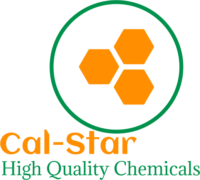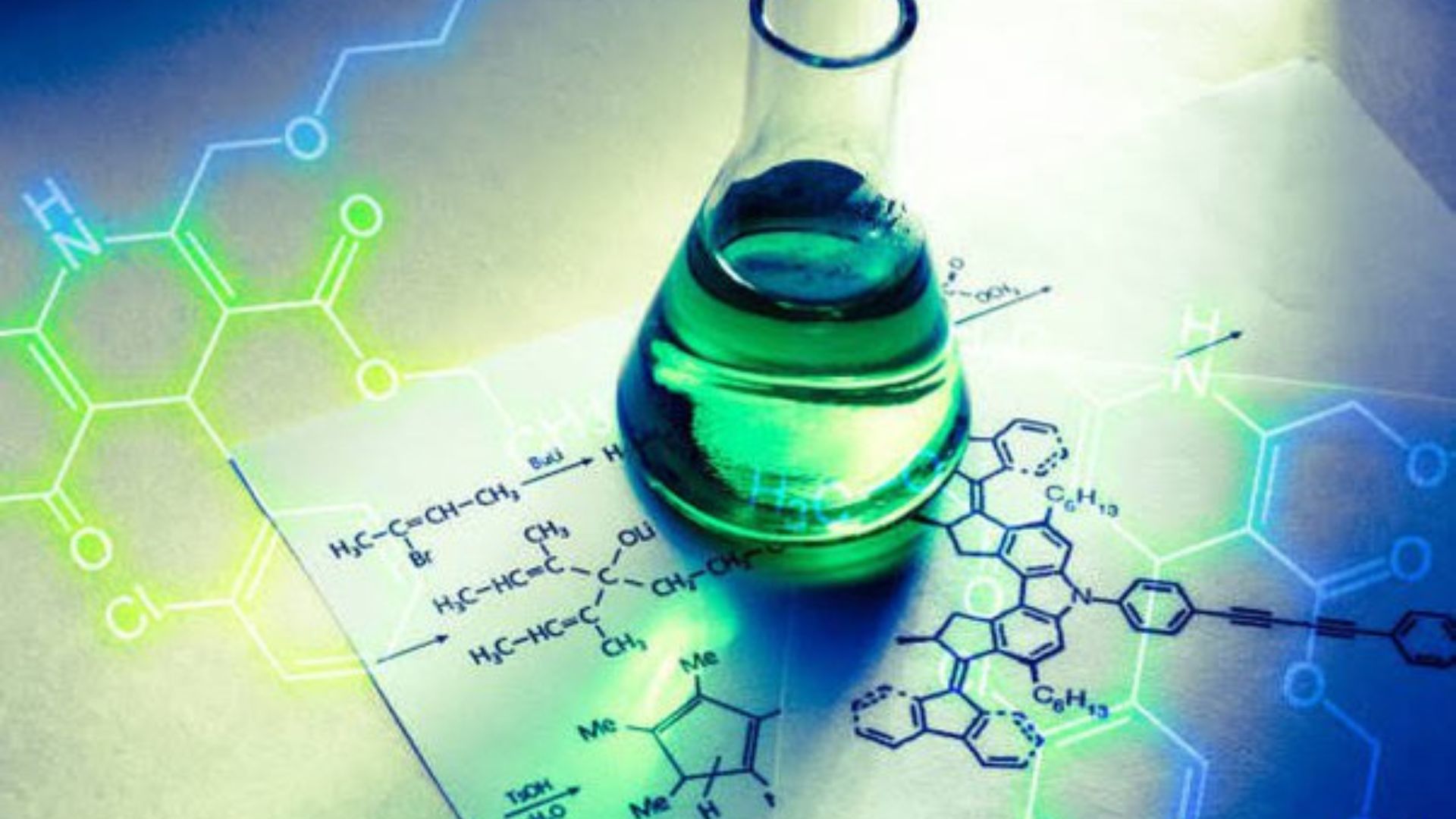Cleaning up chemical spills is a crucial task in any laboratory or work environment. It requires immediate attention and proper techniques to ensure safety and prevent further hazards. In this article, we’ll provide detailed tips for cleaning up chemical spills effectively, highlighting important steps and precautions.
Understanding the Importance of Safety
Before going into the tips for cleaning up chemical spills, it is essential to understand the importance of safety. Chemical spills can cause serious health issues, environmental damage, and even fatalities if not handled properly. Ensuring safety should always be the top priority when dealing with any chemical spill.

Cleaning Up Chemical Spills
Assessing the Spill
The first step in cleaning up chemical spills is to assess the situation. Determine the type and quantity of the chemical spilt, as well as the potential hazards it poses. This assessment will help you decide on the appropriate cleanup procedure and necessary safety measures.
Alerting Others and Evacuating
If the spill is large or poses a significant hazard, alert others in the vicinity and evacuate the area immediately. Clear communication is vital in preventing further exposure and accidents.
Using Personal Protective Equipment (PPE)
Wearing appropriate personal protective equipment (PPE) is crucial when cleaning up chemical spills. Depending on the chemical, PPE may include gloves, goggles, aprons, and respirators. Ensure that the PPE is suitable for the specific chemical and the extent of the spill.
Containing the Spill
Containment is a key step in cleaning up chemical spills. Use absorbent materials such as spill pads, sand, or kitty litter to prevent the spill from spreading. Create a barrier around the spill to keep it confined to a smaller area, making it easier to manage.
Neutralizing the Spill
For certain chemicals, neutralization may be necessary before cleaning up the spill. Use appropriate neutralizing agents as recommended by the chemical’s safety data sheet (SDS). Neutralizing the chemical can make it safer to handle and reduce the risk of harmful reactions.
Cleaning Up the Spill
After containing and neutralizing the spill, begin the cleanup process. Use absorbent materials to soak up the chemical, then collect and dispose of them according to local regulations.
Decontaminating the Area
Decontamination is a critical step in cleaning up chemical spills. Clean the affected area thoroughly with appropriate cleaning agents and plenty of water.
Proper Disposal of Waste
Dispose of all contaminated materials and cleaning supplies according to local hazardous waste disposal regulations. Never dispose of chemical waste in regular trash or down the drain, as this can cause environmental damage and health hazards.
Ventilating the Area
After cleaning up chemical spills, ventilate the area to remove any lingering fumes or vapours. Open windows and doors, and use fans if necessary to ensure proper airflow. Good ventilation helps dissipate harmful vapours and restore safe air quality.
Documenting the Incident
Documenting the incident is important for future reference and compliance with safety regulations. Record details such as the type of chemical spilt, the quantity, the cleanup procedure followed, and any injuries or exposures. This documentation can help in improving safety protocols.
Reviewing Safety Protocols
After dealing with a spill, review your safety protocols and procedures. Identify any areas for improvement and update your protocols accordingly.
Conducting Safety Drills
Conducting regular safety drills can prepare your team for real-life chemical spills. Simulate different spill scenarios and practice the cleanup procedures. These drills help reinforce safety protocols and improving response times.
Providing Safety Training
Providing safety training to all employees is essential for effective spill management. Ensure that everyone is familiar with the chemical hazards, proper handling procedures, and emergency response protocols. Regular training sessions can keep safety knowledge up to date.
Maintaining a Spill Kit
Keeping a well-stocked spill kit is crucial for quick and effective cleanup. A spill kit should contain absorbent materials, neutralizing agents, PPE, and disposal bags. Regularly check and replenish the kit to ensure it is always ready for use.
Promoting a Safety Culture
Promoting a culture of safety within your organization is vital for preventing and managing chemical spills. Encourage open communication about safety concerns and reward safe practices. A strong safety culture can significantly reduce the risk of accidents and injuries.
Conclusion
Cleaning up chemical spills requires prompt action, proper techniques, and a strong emphasis on safety. By following these detailed tips, you can effectively manage spills and maintain a safe work environment. Remember, safety should always be the top priority when dealing with any chemical spill.



